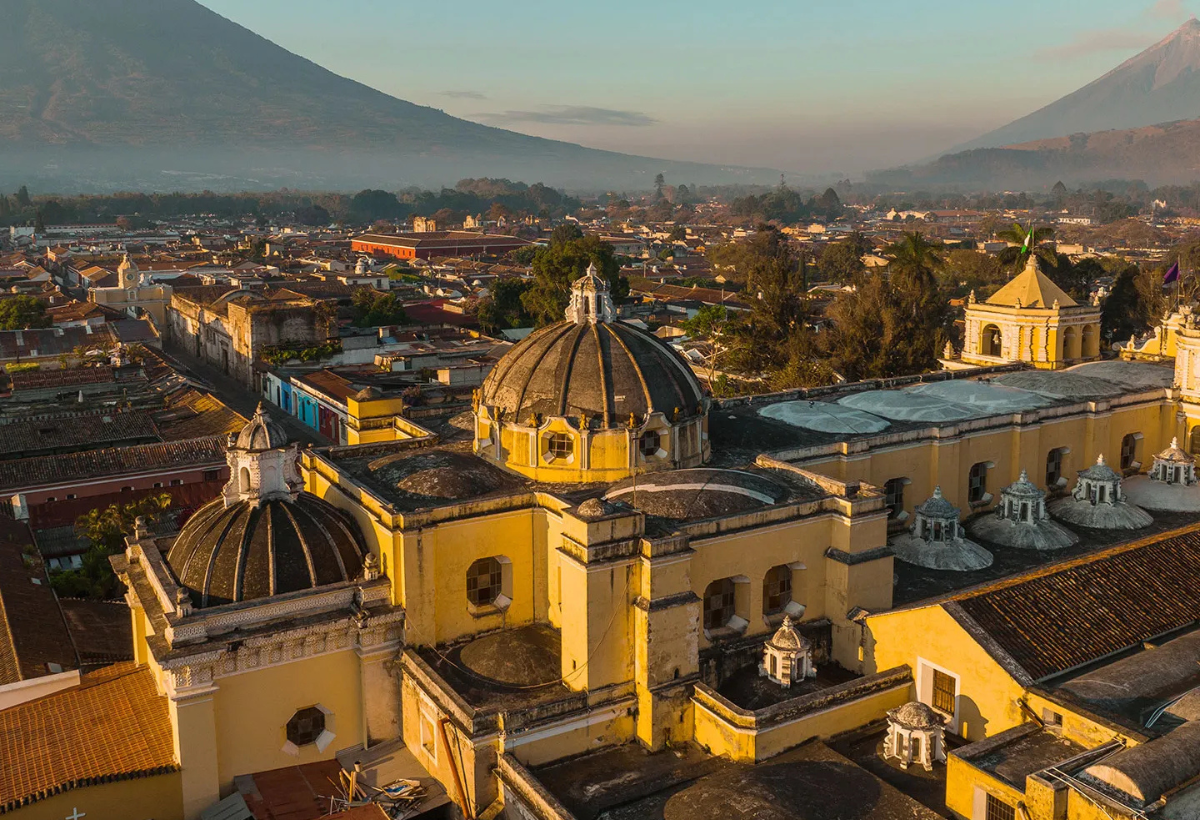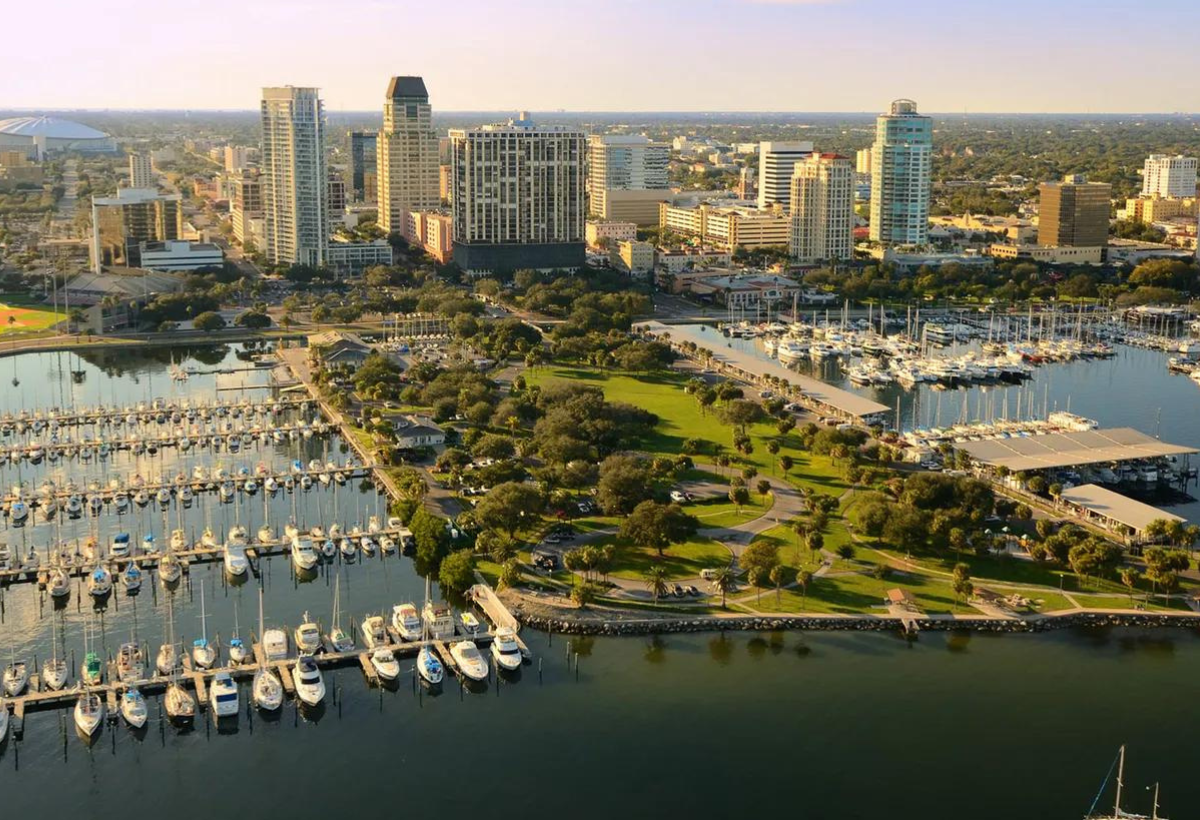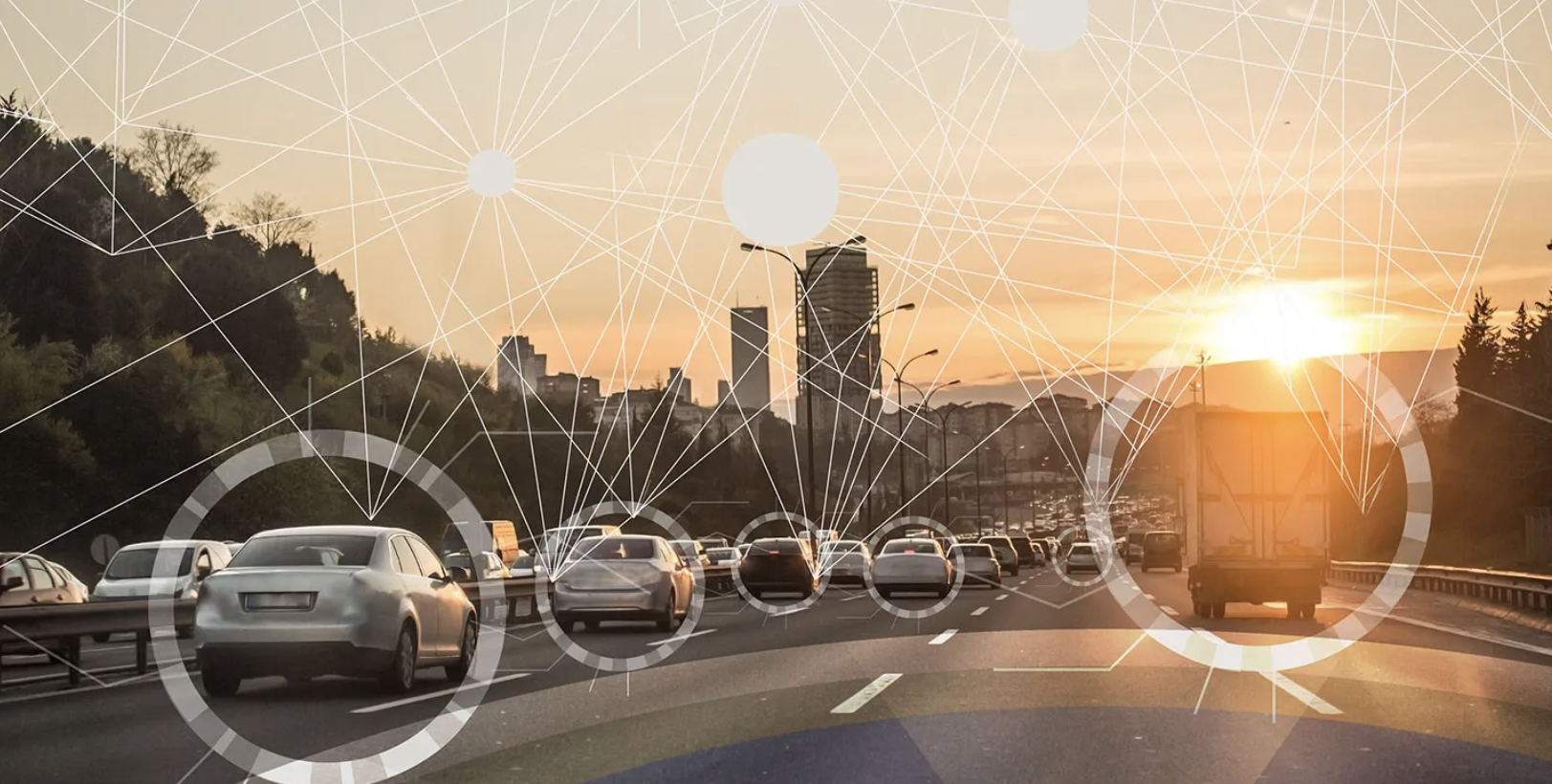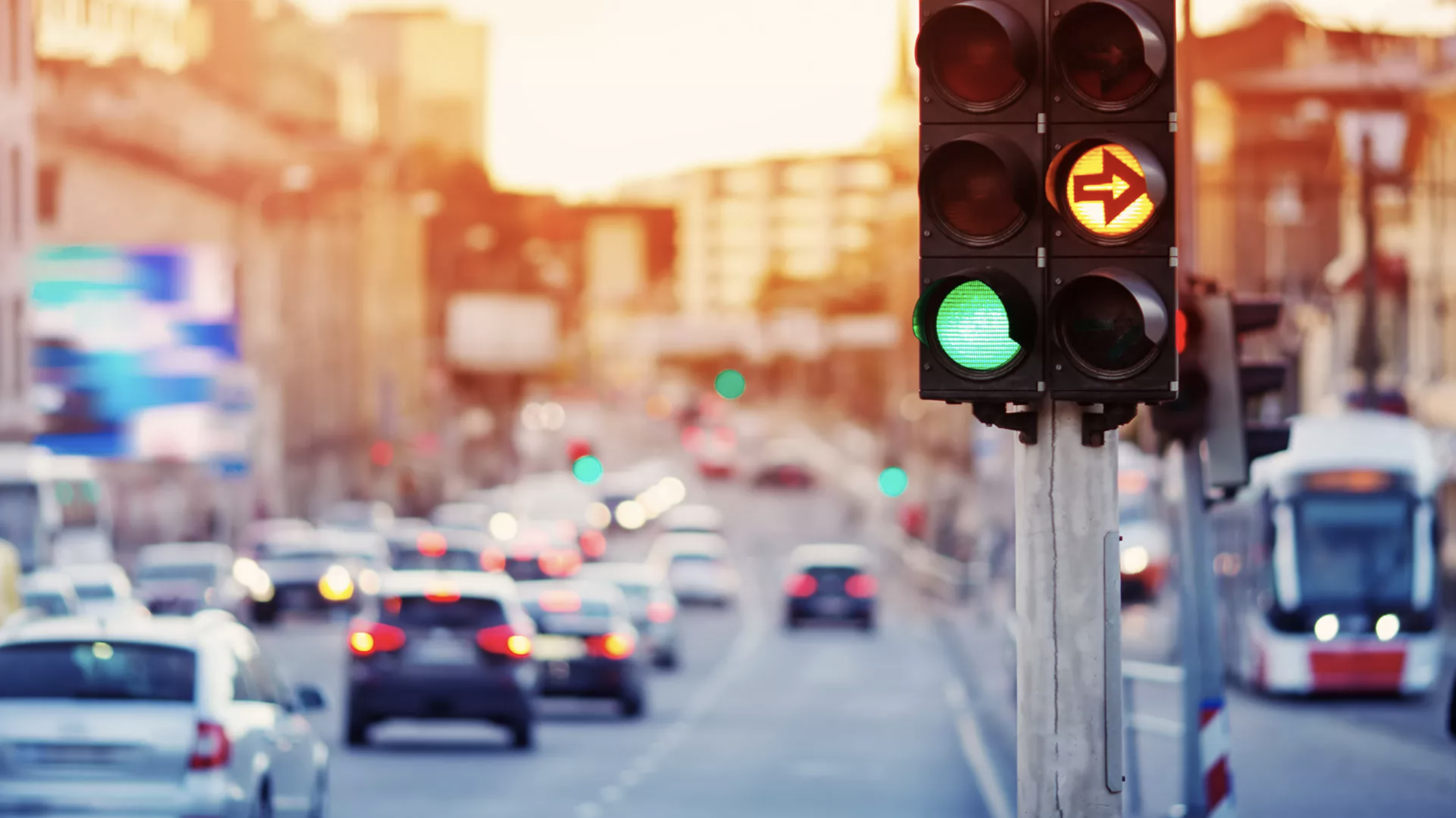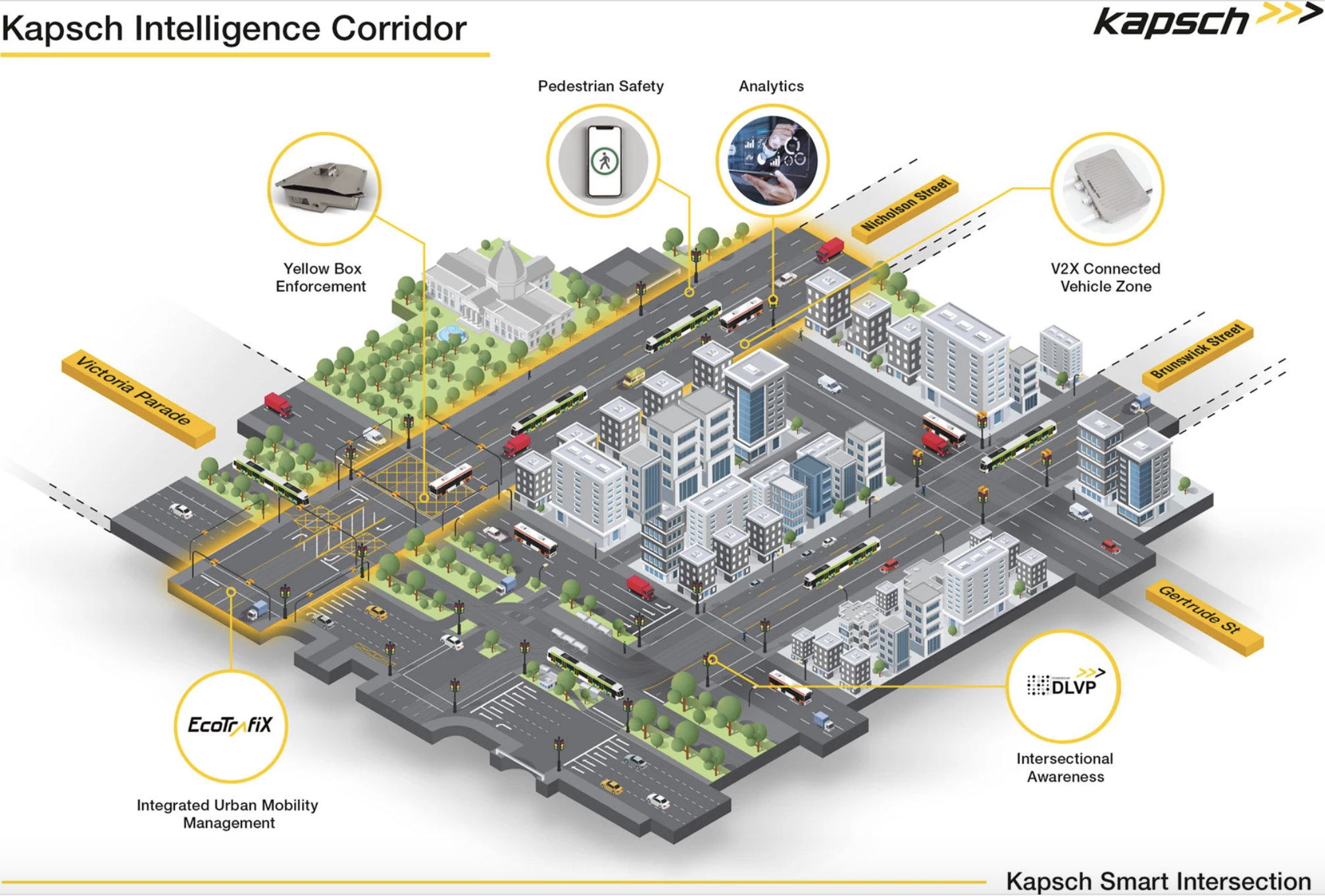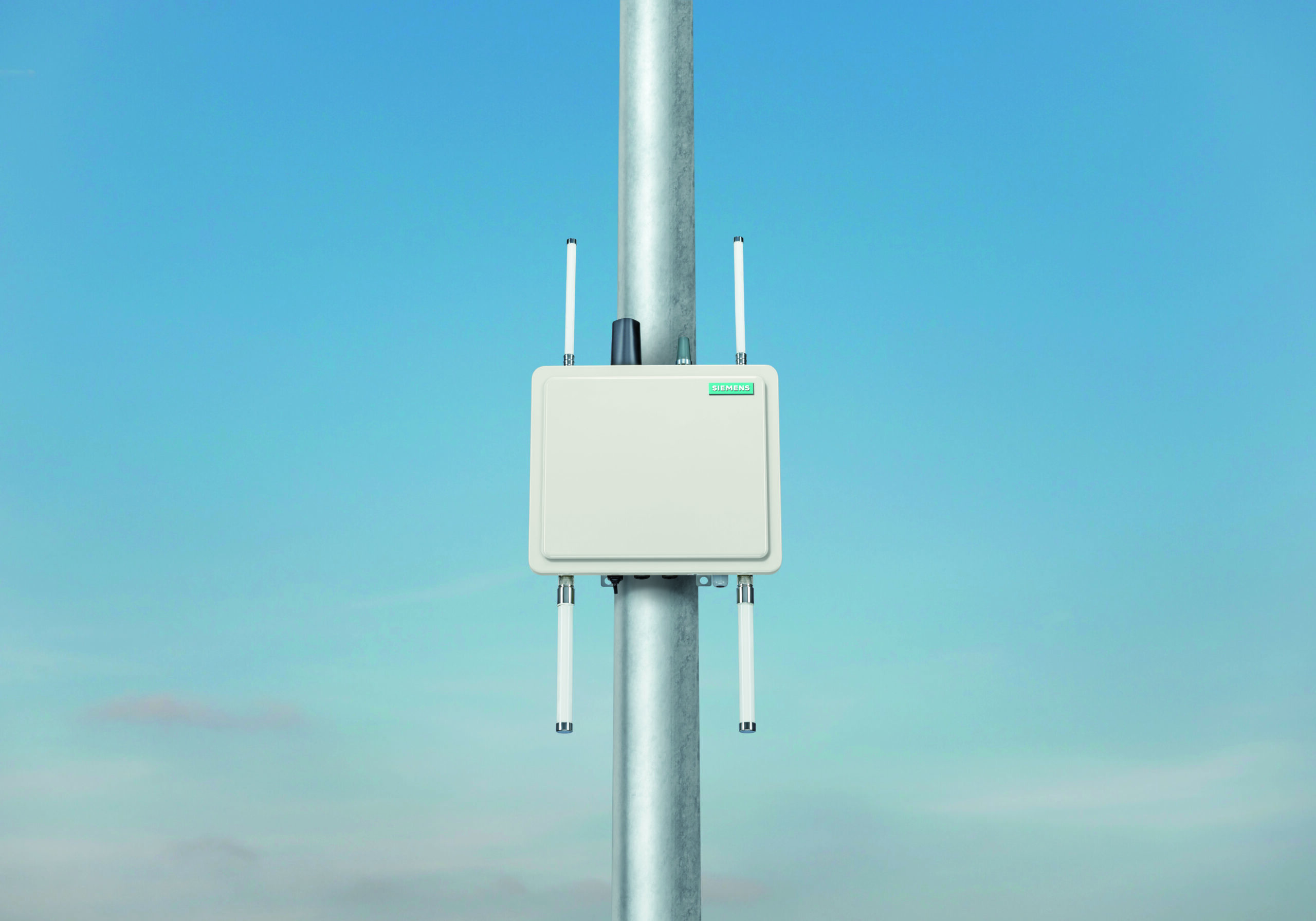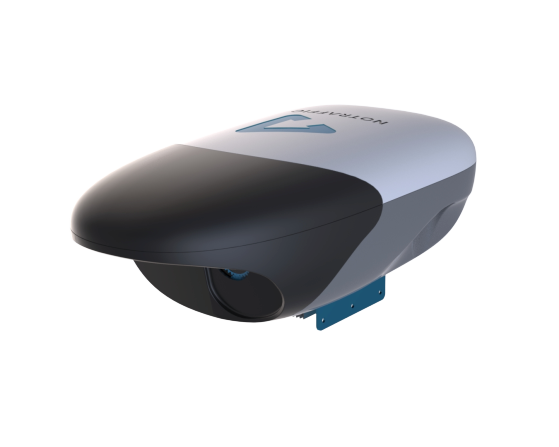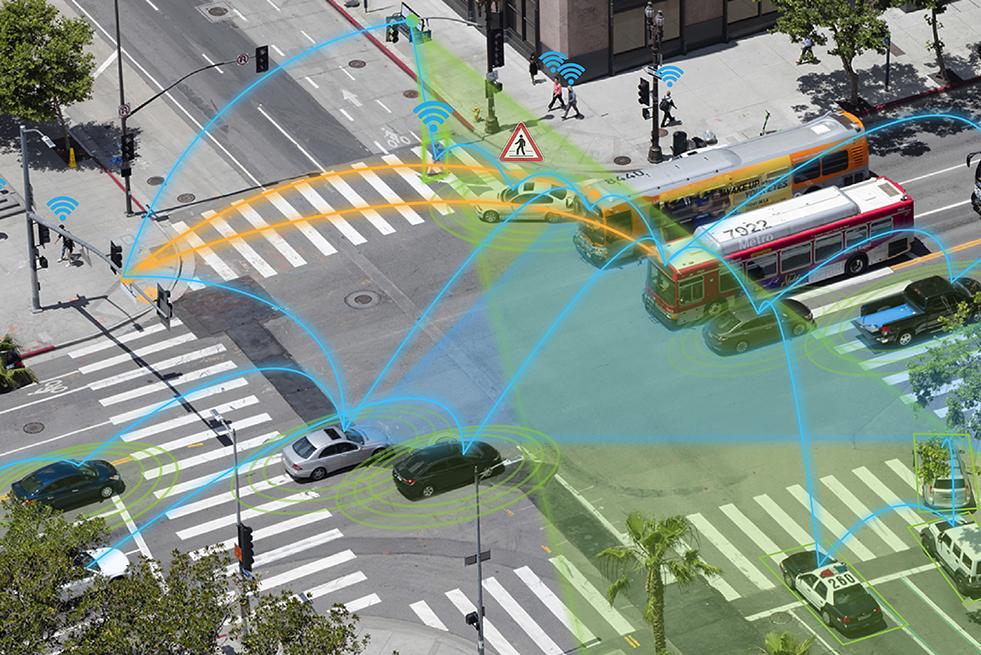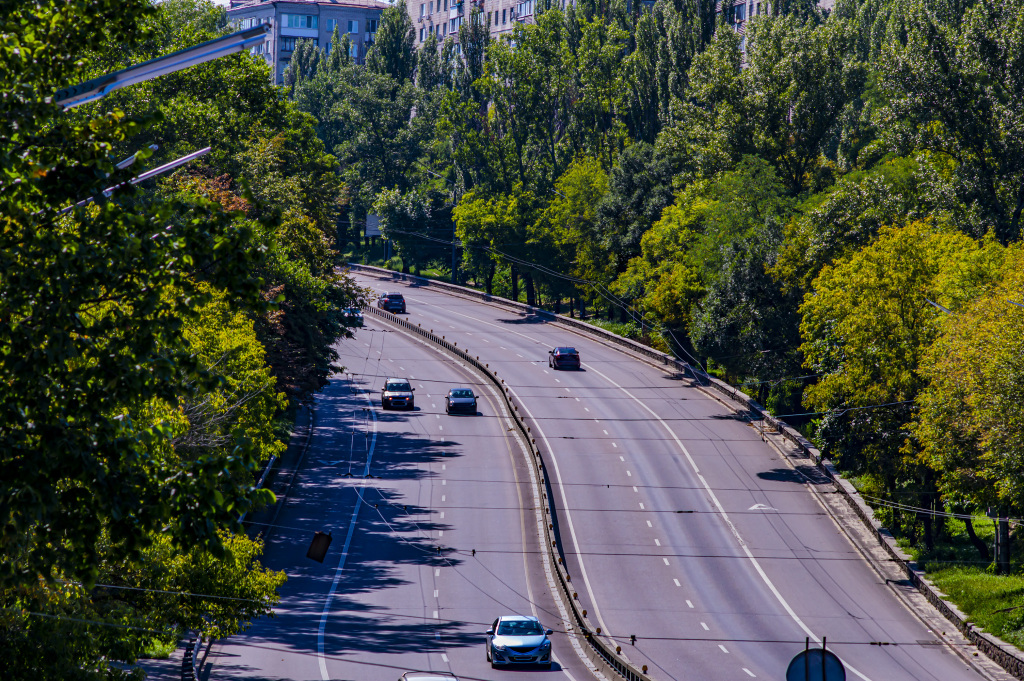Reducing Emissions and Reducing Stress – City of Vienna Presents First Steps of Groundbreaking Traffic Management System
City of Vienna and Kapsch TrafficCom launch climate-friendly mobility of the future with Traffic Management 2.0. Such initiatives can help the UK to achieve its net zero target by 2050.
In the fight against the global climate crisis and its consequences, emission reduction in traffic plays an essential role. The digitalization of traffic management is an important lever for cities that want to reduce emissions while simultaneously improving the traffic experience.

With the UK Governments Decarbonising Transport Plan, deploying the Traffic Management 2 solution paves the way in defining real improvements to air quality and with Kapsch innovation always addressing the key challenges, examples such as this project are excellent illustrations of how technology can play a vital role in achieving the Decarbonisation plan.
Intelligent, networked systems not only increase traffic safety, but also contribute to climate protection. They enable smooth transportation and thus reduce emissions. As a climate protection pioneer, the City of Vienna is at the forefront here, too, with a lighthouse project jointly pursued with Kapsch TrafficCom.
Ulli Sima, City Councillor for Mobility and Digitalization, who presented the Traffic Management 2.0 project together with Georg Kapsch, CEO of Kapsch TrafficCom, said:We are working on further climate protection measures in road traffic. Smart transportation management helps to improve the traffic conditions and thus the CO2 balance. We are now launching a pioneer project with its first application, the Grüne Welle Wien app. It can already save up to 15% of emissions, as well as make the lives of the Vienna bicyclists a lot easier.
Traffic Management 2.0
Under the slogan “Traffic Management 2.0,” the City of Vienna and Kapsch TrafficCom are implementing a comprehensive set of measures for future-oriented transportation guidance. Those range from networked traffic lights that prevent congestion and switch to green for approaching streetcars, to an intelligent navigation system that anticipates critical traffic situations in real time, helps to proactively circumvent traffic jams and protects sensitive areas such as schools, thus ensuring greater safety on school routes.
Long term, the aim is for Traffic Management 2.0 functions to be available directly in vehicles, too. That way, Vienna will be well prepared for the coming innovation boosts such as autonomous driving.
Steve Parsons, Sales Director at Kapsch TrafficCom, said:What sounds a bit like science fiction today could be quite commonplace in the foreseeable future when all of this is made possible by the networked and intelligent traffic systems that we are now bringing to live in Vienna.
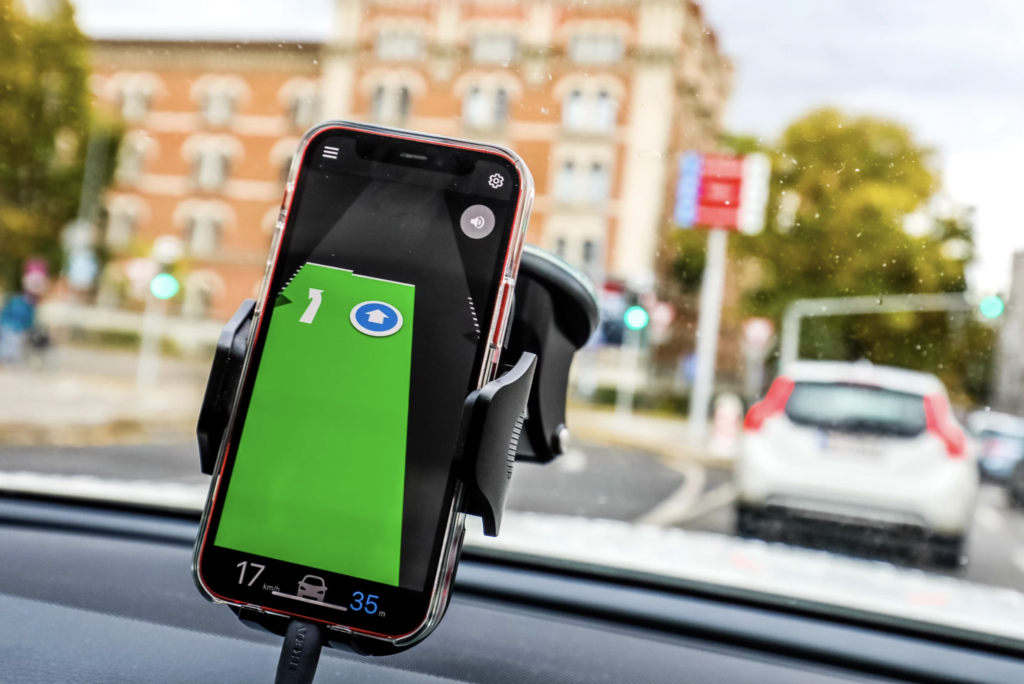
Grüne Welle Wien
The Grüne Welle Wien app is the first step of the Traffic Management 2.0 project. It will enable cyclists and car drivers to make their way through city traffic at much less effort and stress, as well as in a more fuel-efficient and comfortable way. The smartphone app either shows at which speed – within the permitted speed limit – the next traffic light can be reached at green or how many seconds it will still be on red. If a traffic light is on red, road users may coast and thus still be moving when the light turns green again. This means fewer start-ups and a much better flow of traffic. In the case of cars, this saves up to 15 percent fuel and emissions. When cycling, the app allows to perfectly adjust the physical effort to the green phases and to travel much more smoothly through the city.
Parsons, concluded:Vienna is becoming one of the leading cities in Europe when it comes to mobility. With Grüne Welle Wien, traffic signals in the city will communicate intelligently with road users. In order to avoid congestion, the next step will be to flexibly control the green phases at the traffic lights depending on the actual traffic volume. Stress and environmental pollution can thus be drastically reduced.
This article was originally published by Kapsch TrafficCom AG.


